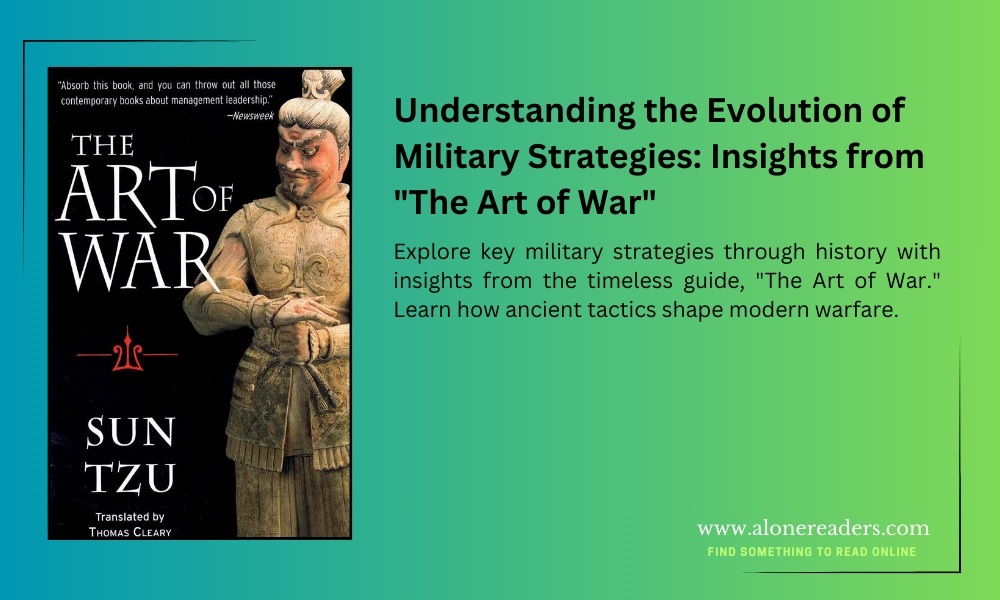
Military strategy is as old as war itself. Throughout history, commanders and strategists have sought to understand and implement tactics that would grant them advantage over their adversaries. From the principles outlined in Sun Tzu’s “The Art of War” to the complex operations of modern conflicts, the study of military strategies offers a fascinating glimpse into the evolution of combat and the continual quest for dominance.
Sun Tzu, a Chinese general and military strategist, authored "The Art of War" over 2,500 years ago. This ancient text remains one of the most influential military guides in the world, revered not just for its historical significance but for its relevance to contemporary strategic thinking in both military and corporate arenas. At the core of Sun Tzu’s teachings is the concept of strategic flexibility — the idea that success comes from the ability to adapt to changing circumstances and to turn weaknesses into strengths.
Throughout the centuries, the strategies outlined by Sun Tzu influenced numerous historical figures. During the Napoleonic Wars, for example, Napoleon Bonaparte’s campaigns demonstrated strategic principles reminiscent of those described in "The Art of War." His rapid maneuvers, use of the central position, and emphasis on speedy and decisive engagements reflect Sun Tzu's advice on the importance of speed and preparation. Similarly, during World War II, the doctrine of blitzkrieg, as practiced by German forces, mirrored Sun Tzu’s principles of surprise and psychological warfare, underscoring the enduring nature of these ancient tactics.
Moving into the Cold War era, the nature of military strategy shifted dramatically. The advent of nuclear weapons and the resultant doctrine of mutually assured destruction (MAD) introduced a strategic paradigm based not on direct engagement but on deterrence. This era was characterized by a chess-like strategic posture where the superpowers engaged in proxy wars and political maneuvering rather than direct military confrontation, reflecting Sun Tzu’s stratagem that the supreme art of war is to subdue the enemy without fighting.
In more recent times, the digital age has brought about transformative changes in military strategies. Cyber warfare, information warfare, and unmanned systems have become integral components of national defense strategies. These contemporary forms of warfare highlight the ongoing relevance of several of Sun Tzu’s maxims, such as the importance of deception and winning battles with minimal conflict. Today’s military strategists must consider not only physical battlegrounds but also the realms of cyberspace and public opinion.
Another significant aspect of modern military strategy influenced by historical principles is the concept of asymmetric warfare, where smaller forces employ unconventional tactics to combat larger, more technologically advanced armies. This reflects Sun Tzu’s advice on leveraging strategic advantages and innovation, seen in conflicts such as the Vietnam War and the ongoing insurgencies in the Middle East. In these conflicts, weaker parties use guerrilla tactics, terrain advantages, and psychological warfare to counter the strengths of more conventional forces.
The study of these diverse military strategies through history reveals a pattern of adaptation and evolution. Commanders and strategists across eras have continuously drawn on past wisdom while innovating to meet new challenges. The persistent relevance of Sun Tzu’s "The Art of War" lies in its deep understanding of human nature and the dynamics of conflict, elements that remain constant despite the changing character of war.
Furthermore, the principles of warfare as discussed in historical texts and their applications have profound implications beyond the battlefield. They influence international relations, economic policies, and corporate strategies, demonstrating the interconnectivity of military thinking with broader societal and global dynamics.
In conclusion, the art of war, as reflected through the lens of history, is not merely about combat but about the strategic underpinnings that govern human interaction on multiple levels. From the chariot battles of ancient civilizations through the trench warfare of World War I, to the digital battlespaces of the 21st century, military strategies continue to evolve. Yet, the core insights from ancient texts like "The Art of War" remain pertinent — adaptability, understanding, and strategic depth are keys to overcoming challenges not only in war but in all forms of conflict and competition.